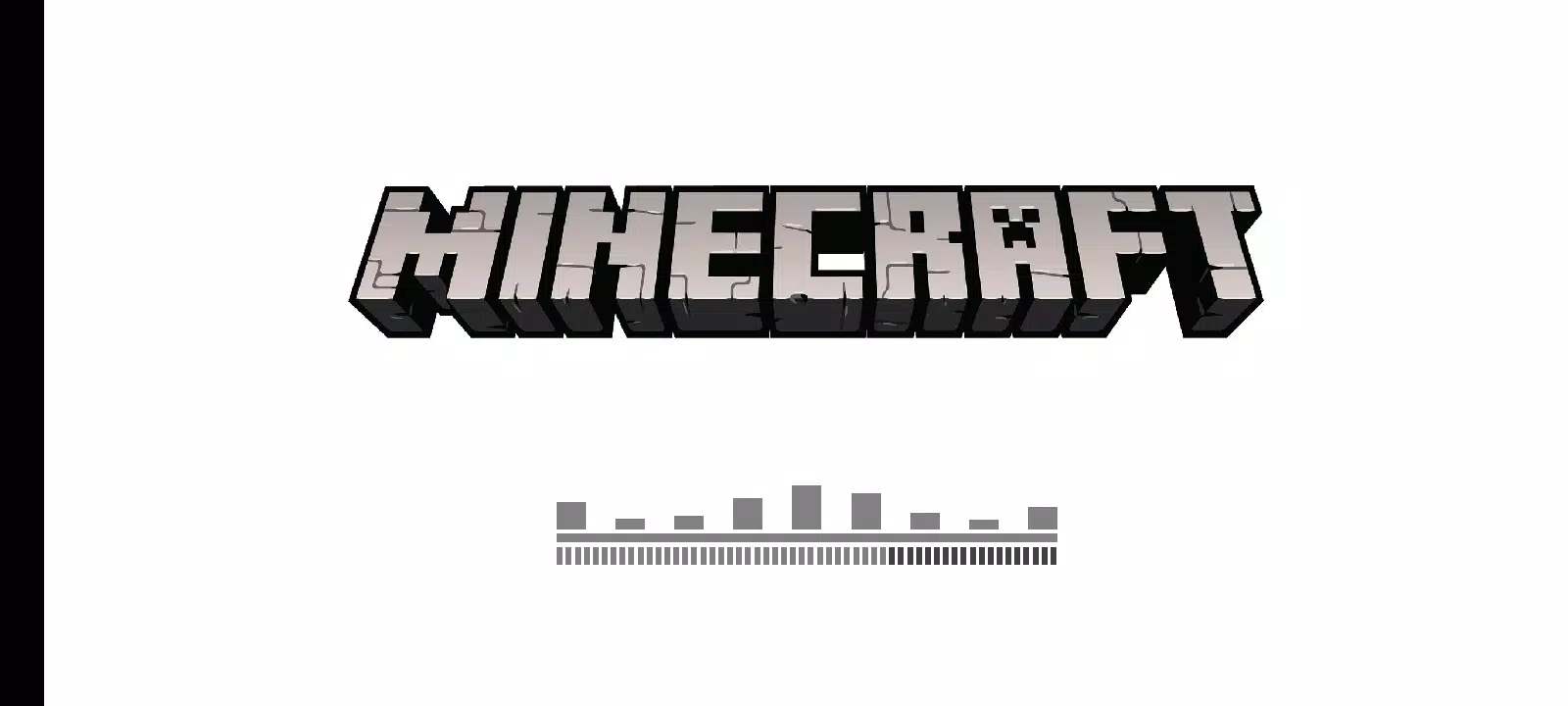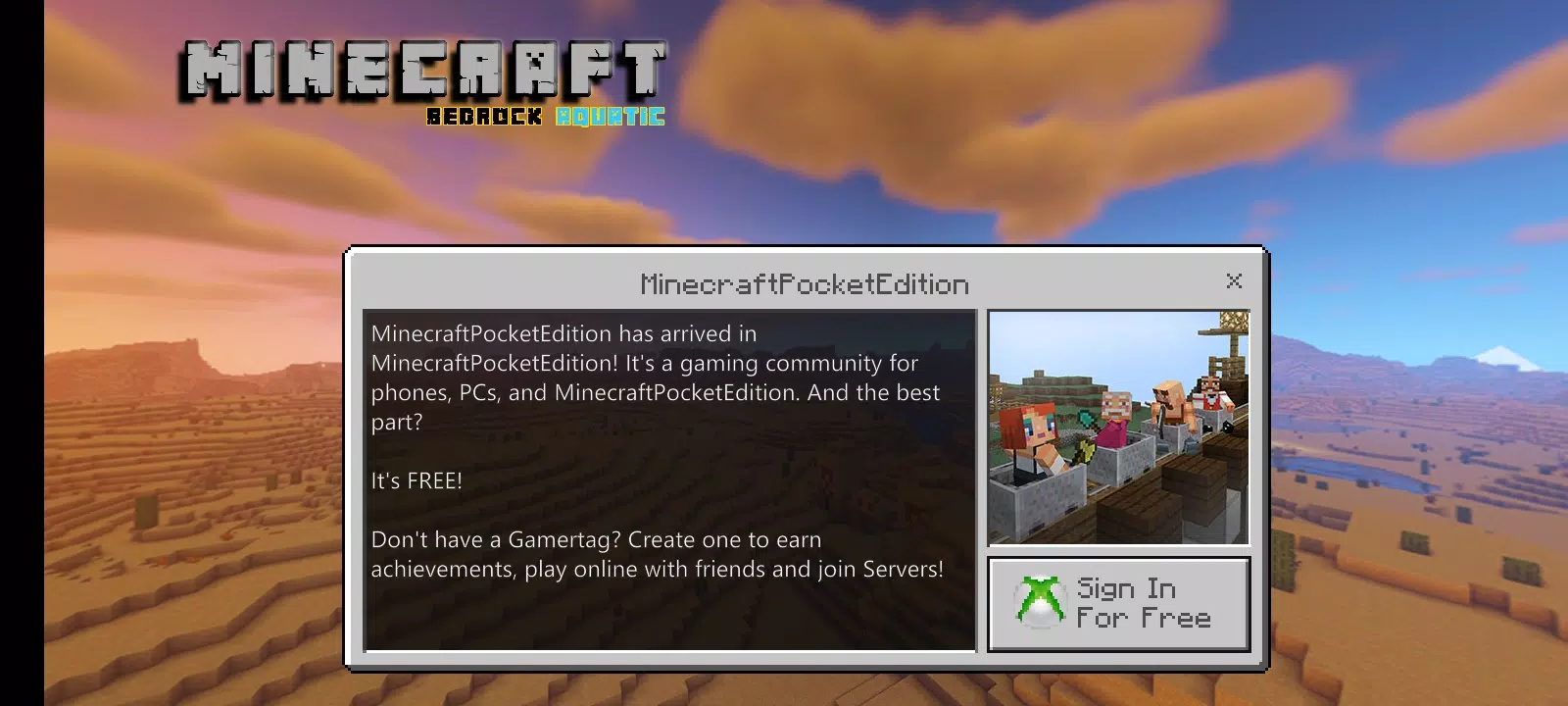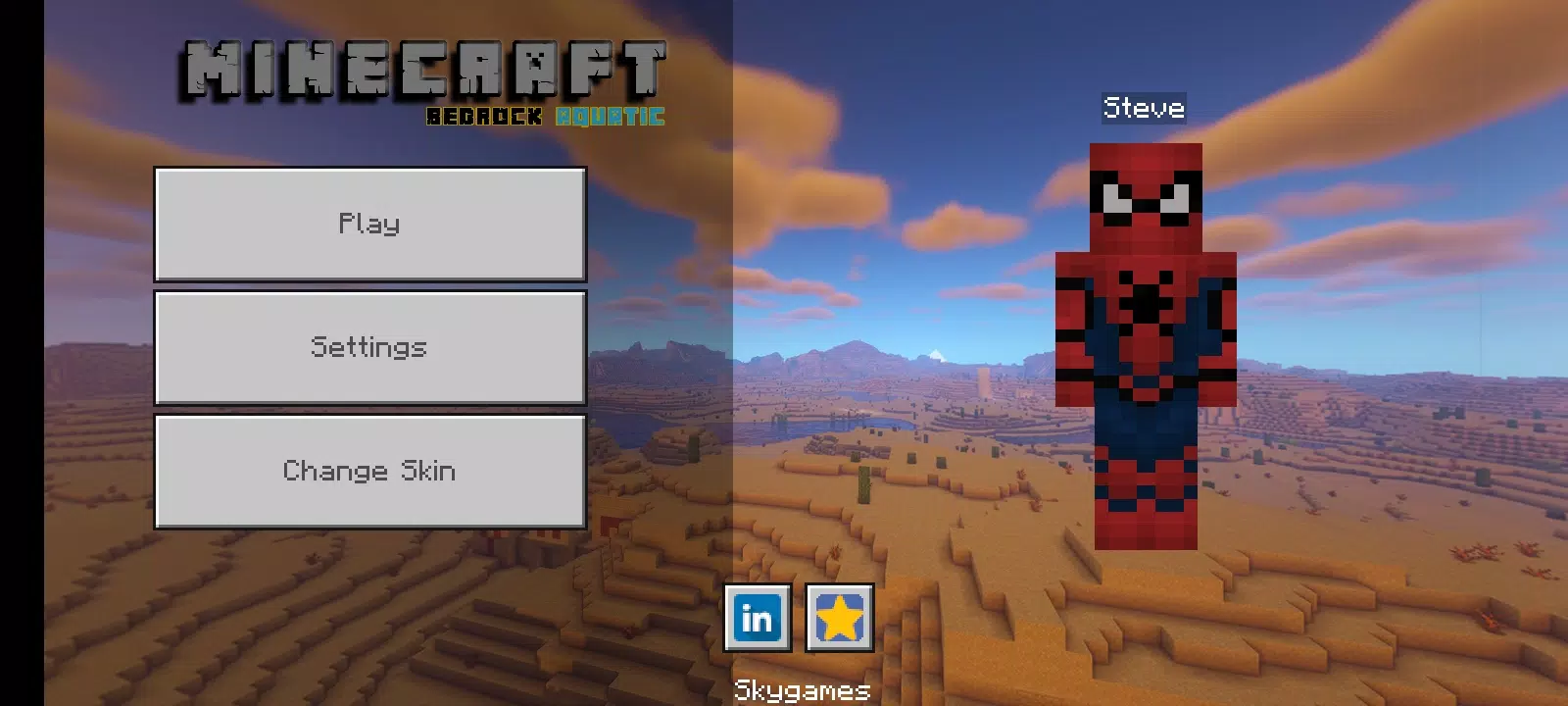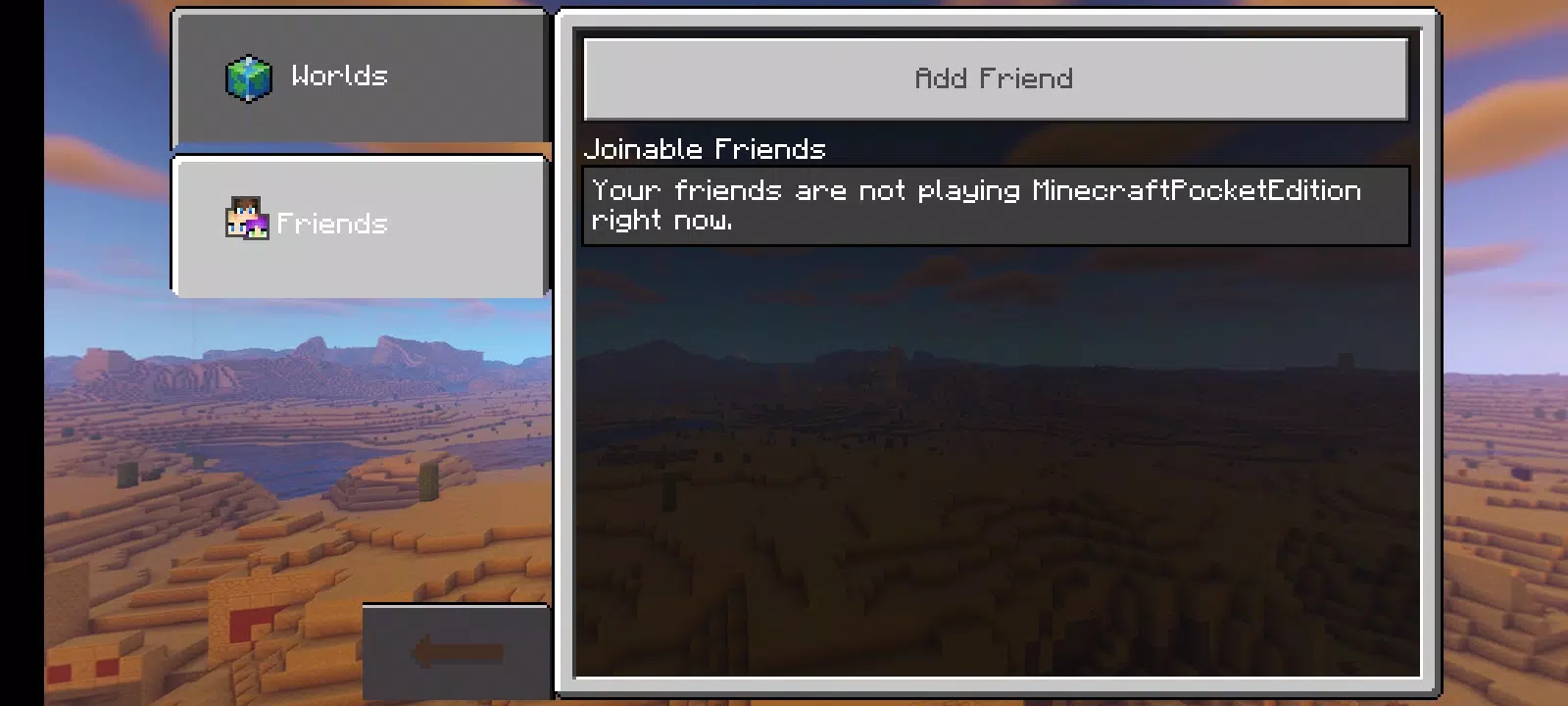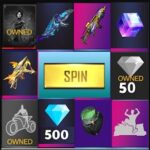Minecraft: A Comprehensive Guide to the Popular Sandbox Game
Minecraft, developed by Mojang Studios, is one of the most iconic and influential games of the 21st century. Since its initial release in 2009, Minecraft has evolved from a simple indie project into a global phenomenon with millions of players around the world. The game is often described as a “sandbox” experience because it allows players the freedom to explore, create, and survive in a blocky, procedurally generated world. Minecraft appeals to a wide range of players—from casual gamers to experienced developers, educators, and artists. This guide will explore the various aspects of Minecraft, including its gameplay, features, popularity, and impact.
1. What is Minecraft?
Game Overview
Minecraft is a sandbox game set in a procedurally generated 3D world, which consists of various blocks representing different materials like dirt, stone, wood, and ores. Players can interact with these blocks to build structures, mine resources, craft tools, and explore an expansive world filled with animals, monsters, and natural features.
The game has several modes, each offering a unique gameplay experience:
- Survival Mode: Players must gather resources, craft tools, and survive against the world’s dangers, such as hostile mobs and environmental hazards.
- Creative Mode: Players have unlimited resources and can freely build and explore without any threats.
- Adventure Mode: Similar to Survival, but players can only break specific blocks determined by the map creator.
- Spectator Mode: Players can fly through the world and observe the environment, but they cannot interact with it.
Minecraft’s procedural world generation ensures that every player has a unique experience, making it a highly replayable game.
Key Features
- Procedural Generation: The world in Minecraft is generated algorithmically, which means that each new world is different. It creates a virtually infinite variety of terrains, biomes, and structures to explore.
- Block-Based Building: The game’s most iconic feature is its block-based building system, where everything from houses to castles to cities is constructed by stacking blocks.
- Multiplayer Support: Minecraft supports both local and online multiplayer modes, allowing players to collaborate or compete in various settings.
2. Gameplay and Mechanics
Exploration
- Worlds and Biomes: Minecraft’s world is divided into biomes such as forests, deserts, oceans, mountains, and jungles, each with unique resources and challenges. These worlds are procedurally generated, meaning no two are ever the same.
- The Overworld, Nether, and End: The game features three main dimensions—the Overworld (the primary world), the Nether (a hellish underworld filled with dangers), and the End (where players can defeat the final boss, the Ender Dragon).
- Caves and Mining: One of the primary activities in Minecraft is mining for resources such as coal, iron, gold, diamonds, and other valuable materials. Caves are generated deep within the world and are often filled with monsters and hazards.
Building and Crafting
- Crafting System: The crafting system allows players to combine materials in specific patterns to create tools, weapons, and other items. This system is integral to survival, as players craft items such as pickaxes, armor, and weapons.
- Building Structures: Minecraft is essentially a game of construction. Players can use a variety of blocks to build anything from simple huts to complex machinery, automated farms, and even replicas of real-world structures.
- Redstone Mechanics: Redstone is Minecraft’s version of electrical wiring, allowing players to build complex contraptions, including doors, traps, elevators, and even rudimentary computers.
Survival and Combat
- Health and Hunger: Players need to manage their health and hunger levels. If a player’s health reaches zero, they die and respawn at a designated spawn point. Hunger must be kept in check by eating food, which can be harvested from the environment or crafted.
- Mobs: Minecraft features both friendly mobs (such as cows, pigs, and chickens) and hostile mobs (such as zombies, skeletons, creepers, and spiders). Some mobs spawn in specific biomes or during the night, while others appear in certain dimensions, like the Nether and the End.
- Combat: Combat is a key feature of survival gameplay, requiring players to defend themselves from hostile mobs or other players. Players can craft weapons like swords, bows, and crossbows, and use shields for defense.
3. Minecraft Editions and Platforms
Minecraft Editions
Minecraft is available in various editions, each tailored to different devices and audiences:
- Minecraft: Java Edition: Available for PC and often considered the “original” version of the game, this edition is favored by modders and players who enjoy customizing the game. It offers more flexibility in terms of world creation, modding, and server support.
- Minecraft: Bedrock Edition: Available on consoles, mobile devices, and Windows 10, this edition supports cross-play, meaning players on different devices (such as Xbox, PlayStation, and mobile phones) can play together. The Bedrock Edition also includes features like the marketplace for downloadable content (DLC).
- Minecraft: Education Edition: A version of the game designed specifically for classrooms. It offers educational tools and resources that help teach subjects like math, history, and coding through the gameplay of Minecraft.
Platforms
- PC/Mac: Available on Microsoft Windows, macOS, and Linux, the Java and Bedrock Editions are both playable on these platforms. Java Edition has more customization options, while Bedrock Edition allows for cross-play across multiple devices.
- Consoles: Minecraft is available on major consoles, including Xbox, PlayStation, and Nintendo Switch, with cross-play functionality on the Bedrock Edition.
- Mobile: The Bedrock Edition is available for Android and iOS, allowing players to experience Minecraft on-the-go with full access to multiplayer features.
- VR: Minecraft supports virtual reality (VR) on platforms like Oculus Rift, PlayStation VR, and HTC Vive, offering an immersive experience where players can build and explore in 3D space.
4. Popular Game Modes and Community Involvement
Survival Mode
The core experience of Minecraft is the Survival Mode, where players must gather resources, build shelter, fend off monsters, and strive to survive. This mode offers a sense of progression as players advance through various stages, from basic survival to exploring distant dimensions.
Creative Mode
Creative Mode is for players who want to focus solely on building and designing without the survival aspects. Players have unlimited resources and can fly, making it ideal for those who want to create complex structures or experiment with different designs.
Adventure and Hardcore Modes
- Adventure Mode: This mode is designed for custom maps created by other players. It restricts players’ abilities to break blocks, ensuring that they experience the world as intended by the map creator.
- Hardcore Mode: A variation of Survival Mode, Hardcore is a one-life-only version of the game, where the difficulty is set to hard, and players cannot respawn after dying.
Minecraft Servers and Multiplayer
Minecraft has a robust online multiplayer ecosystem, where players can join servers for various activities:
- Survival Servers: Some servers mimic the Survival experience but with additional rules, rewards, and player interactions.
- Mini-games: Minecraft servers often feature mini-games like SkyBlock, BedWars, Hunger Games, and Capture the Flag that offer a more structured multiplayer experience.
- Roleplay Servers: Players can join servers where they assume specific roles and immerse themselves in a story, such as medieval kingdoms or modern-day city simulations.
Mods and Customization
Minecraft’s open nature and modding community have contributed to its longevity. Players can install mods to add new features, gameplay mechanics, and content. Some popular mods include:
- Optifine (for improved performance and graphical enhancements)
- Biomes O’ Plenty (adds new biomes to the game)
- Tech and Magic Mods (like Industrial Craft and Thaumcraft)
5. Educational Impact
Minecraft in Education
Minecraft’s flexibility has made it a tool for education across the globe. Teachers use Minecraft: Education Edition to create engaging lessons in subjects like math, science, history, and even programming. The game promotes creativity, problem-solving, teamwork, and critical thinking in a hands-on environment.
- Coding and STEM: Minecraft has been integrated into coding lessons, where students can learn programming concepts using Minecraft’s Redstone system or through mods like LearnToMod.
Minecraft as a Creativity Platform
Minecraft’s world-building mechanics also make it a valuable tool for artists and creators. Players have used the game to construct highly detailed recreations of real-world landmarks, fictional universes, and original designs. The game’s use of redstone has even led to the creation of complex in-game contraptions like calculators, computers, and even fully functional clocks.
6. The Impact and Legacy of Minecraft
Cultural Phenomenon
Minecraft’s appeal is multi-generational, attracting both children and adults. Its influence on popular culture is vast, with YouTube channels dedicated to Minecraft gameplay, educational content, and creative builds. Minecraft is a mainstay of internet memes, merchandise, and fan art.
Minecraft and the Gaming Industry
Minecraft has set records for being the best-selling video game of all time, with over 200 million copies sold across all platforms. Its success has also inspired other sandbox games, such as Roblox, Terraria, and Fortnite Creative Mode.
